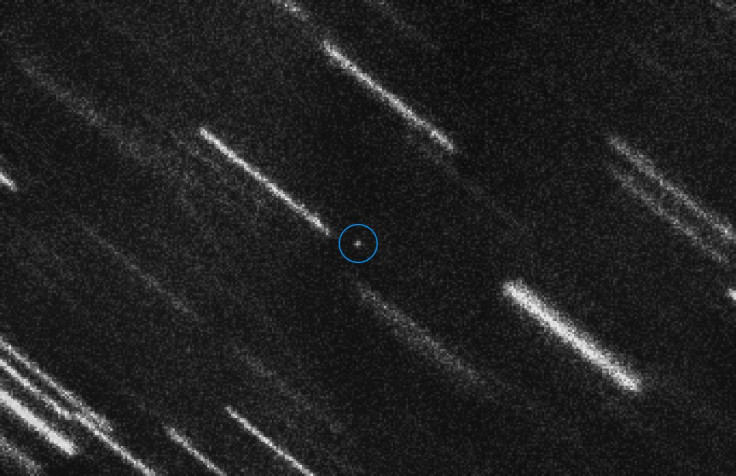Asteroids Near Earth: Planetary Defense Specialists Practice Protecting The Planet

Thursday morning an asteroid came close to the Earth, within about a tenth of the distance between the Earth and the moon. But researchers knew that Earth wasn’t at any risk of getting hit by the asteroid called 2012 TC4. This close but safe flyby gave researchers the perfect opportunity to observe the asteroid and test their planetary defense mechanisms. Researchers worldwide tested a global asteroid-impact early-warning system.
This global network of tracking technologies like telescopes and radar is what researchers would use if there were ever a real threat of a space object hitting Earth. More than 50 individuals in seven different countries at government agencies, universities and research institutes all worked to observe the asteroid, Laurie Cantillo, lead communications specialist for the Planetary Science Division at NASA told International Business Times.
When the space rock passed over Earth, none of the researchers actually had their scopes trained on it, "At that very moment because it was over the ocean," Cantillo said, "More of the heavy lifting was done leading up to that moment." The small asteroid passed Earth at 1:41 a.m. EDT at a distance of 26,000 miles, just above the area where communications satellites orbit, in the sky between Australia and Antarctica. Researchers had estimated that the space rock was between 10 and 30 meters in size but after observing its approach and passage of Earth researchers think that it's "slightly smaller than they originally thought."
This means it would have to be fairly bright to be that small and still visible. Quite a bit of research will be done in the 24 hours following the flyby as well, Cantillo said. So it'll take a week or so for any formal data to be gathered.
A researcher with the European Space Agency’s Near-Earth Object program told AFP that the scientists involved in the test pretended that the asteroid was actually a critical object, one that was threatening to Earth, and reacted accordingly. That same researcher said that the test went well.
This was exactly the plan that NASA had announced earlier this month prior to the flyby. The drill was planned to include every step of the process that would be necessary to follow a threatening asteroid. Meaning every step like initial and follow-up observations were going to be done in addition to orbit determination efforts and international communication between all the researchers worldwide taking part.
There were a few adjustments that had to be made. For example, the radar system that would normally be part of the network was offline because of the damage caused by Hurricane Maria and the lack of electricity there. But these slight changes to the plan are what helped the researchers be even more prepared in the case of a real emergency.
The information researchers gathered is valuable because the last time the asteroid was spotted was in 2012 and they were brief, but enough for researchers to figure out that the rock would come back in 2017. This time around they got enough information about TC4 to pinpoint its distance, Cantillo said.
Cantillo confirmed the test went extremely well, as did the communication efforts. While the test was important, there is no known space object on track to hit Earth any time in the next 100 years, according to NASA. Meaning hopefully the team will have years to perfect any response they might need to have perfected in the future.
© Copyright IBTimes 2024. All rights reserved.





















